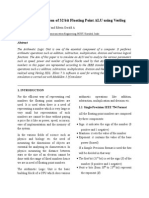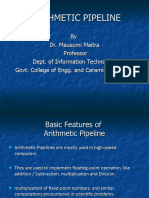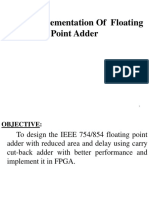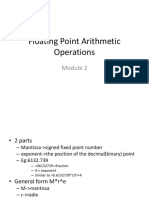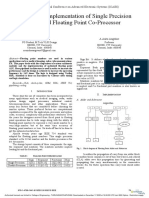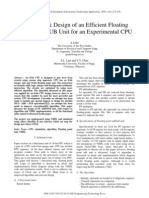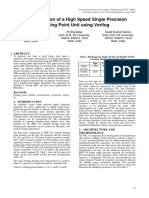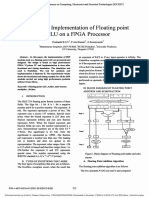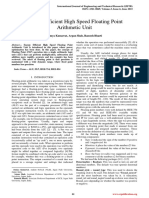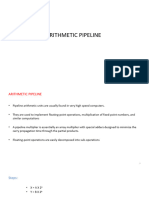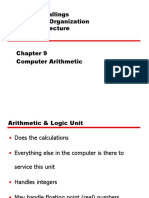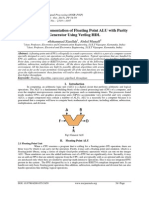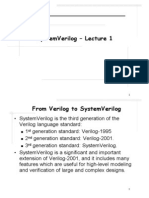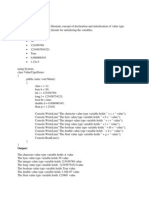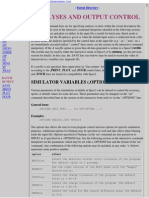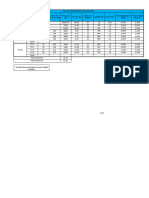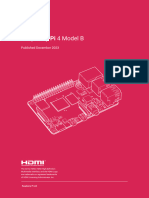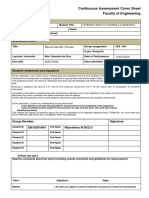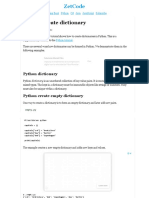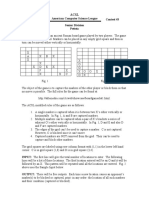0% found this document useful (0 votes)
101 views3 pagesECE 5315: Project 3: Simulation of Pipelined Floating Point Processor Design: Pipelined FP Adder
This document describes a project to simulate a pipelined floating point adder. The objective is to simulate the arithmetic pipeline of a TI-ASC processor by implementing only the adder portion. The simulation will take decimal numbers from a data file and compute their sum using a pipelined architecture. The pipeline consists of five stages - input, exponent subtract, align, normalize, and output. It must display the input and output of each stage, indicate which stages are empty/computing, and allow simulation via a button click or timer. The implementation and scheduling must be described in a report.
Uploaded by
Siddarth VenkatramanCopyright
© © All Rights Reserved
We take content rights seriously. If you suspect this is your content, claim it here.
Available Formats
Download as PDF, TXT or read online on Scribd
0% found this document useful (0 votes)
101 views3 pagesECE 5315: Project 3: Simulation of Pipelined Floating Point Processor Design: Pipelined FP Adder
This document describes a project to simulate a pipelined floating point adder. The objective is to simulate the arithmetic pipeline of a TI-ASC processor by implementing only the adder portion. The simulation will take decimal numbers from a data file and compute their sum using a pipelined architecture. The pipeline consists of five stages - input, exponent subtract, align, normalize, and output. It must display the input and output of each stage, indicate which stages are empty/computing, and allow simulation via a button click or timer. The implementation and scheduling must be described in a report.
Uploaded by
Siddarth VenkatramanCopyright
© © All Rights Reserved
We take content rights seriously. If you suspect this is your content, claim it here.
Available Formats
Download as PDF, TXT or read online on Scribd
/ 3

